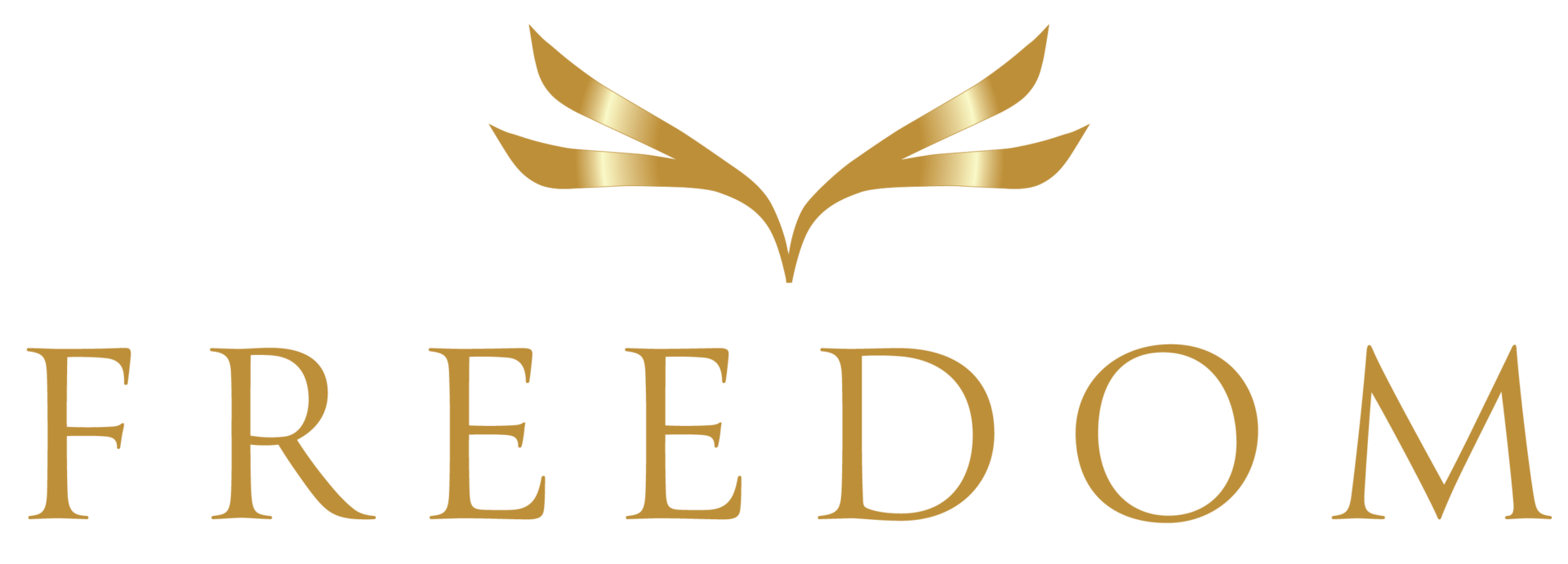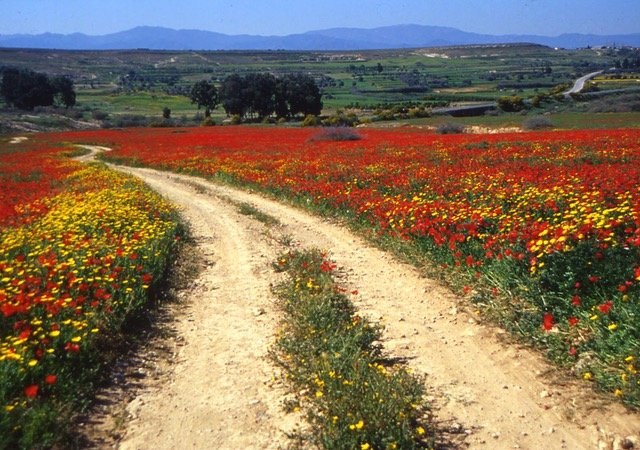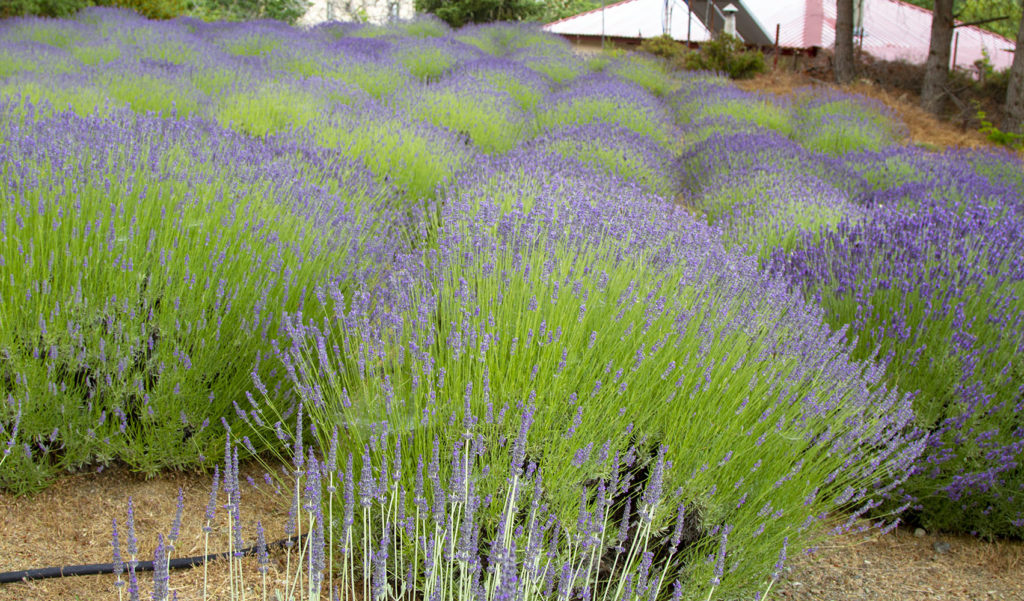
Purple haze! Lavender lures visitors
The temperature drops as you loop the mountains, pine forest bends knocking a degree or two off the car thermometer. It’s a voyage of discovery on an island renowned perhaps more for its beaches than its mountain tops. Here, homes have been chiseled into the rocks. Hardly anyone has a garden – but the views from the ubiquitous balconies are breathtaking, the island spread below like a Google map.
Lavender Festival
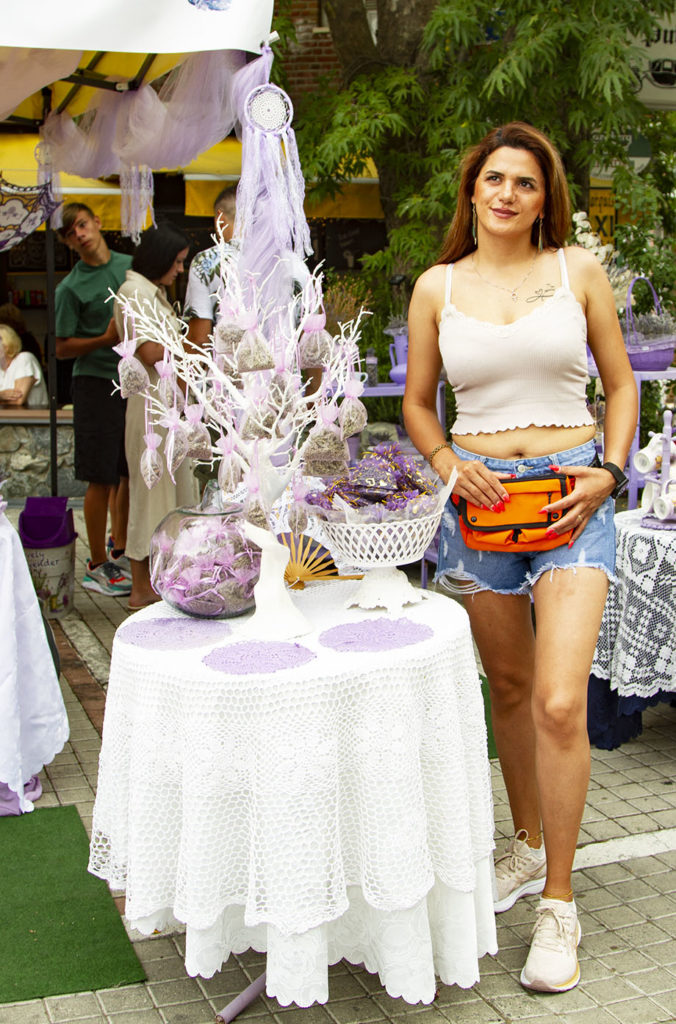
The villages of the Troodos offer a welcome escape from the blistering North Cyprus summer. Last weekend, we headed to Platres for their Lavender Festival. We drove through Aplic, one of the more recently opened crossing points, in the town of Lefke. It’s Sunday, so even these rural roads are comparatively busy but well-made and well-signposted, the drive is a pleasure.
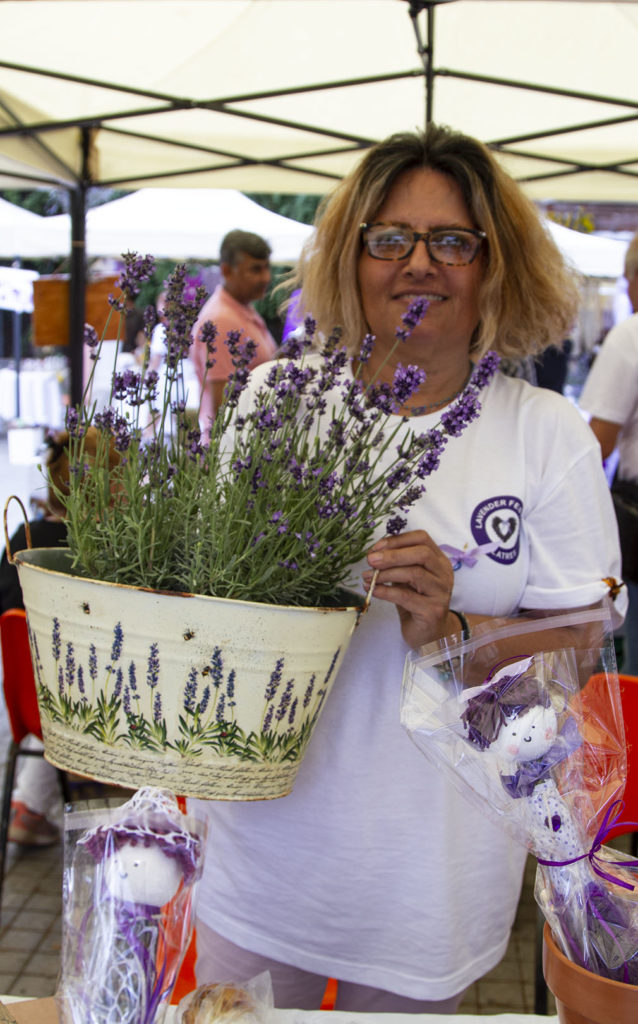
Egyptians and Romans used lavender for bathing, relaxation, cooking and as a perfume
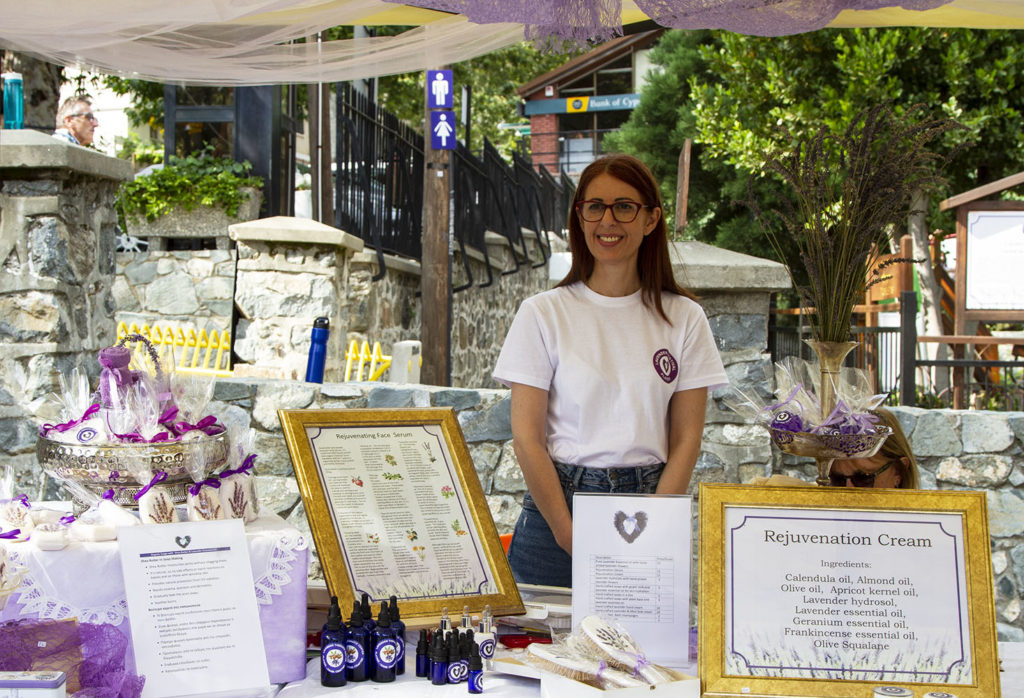
Like most of these events in Cyprus, North and South, the Lavender Festival was a low-key affair. The Egyptians and Romans used lavender for bathing, relaxation, cooking and as a perfume. Its essential oil is considered, well, essential, by many who keep it on hand to soak away stress. Nicely-presented stalls in the village square, sold oils, soaps and trinkets, although not much actual lavender.
The main business of the day appeared to be lunch, the village restaurants bursting with satisfied customers and cramming in even more when an extraordinary, but thankfully brief, cloudburst threw down fat blobs of rain.
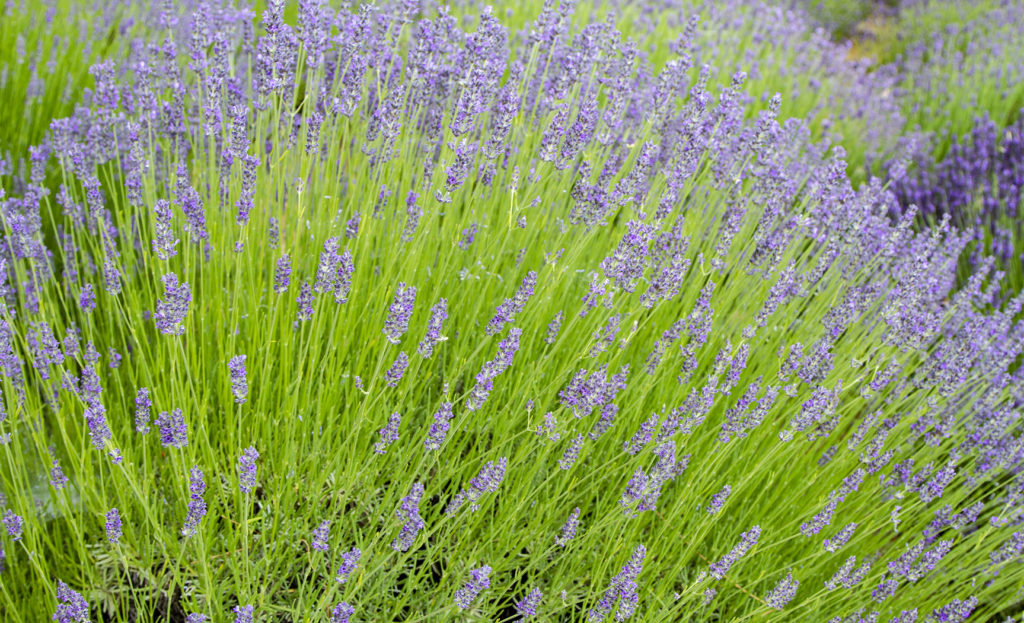
There are eight border crossings in Cyprus
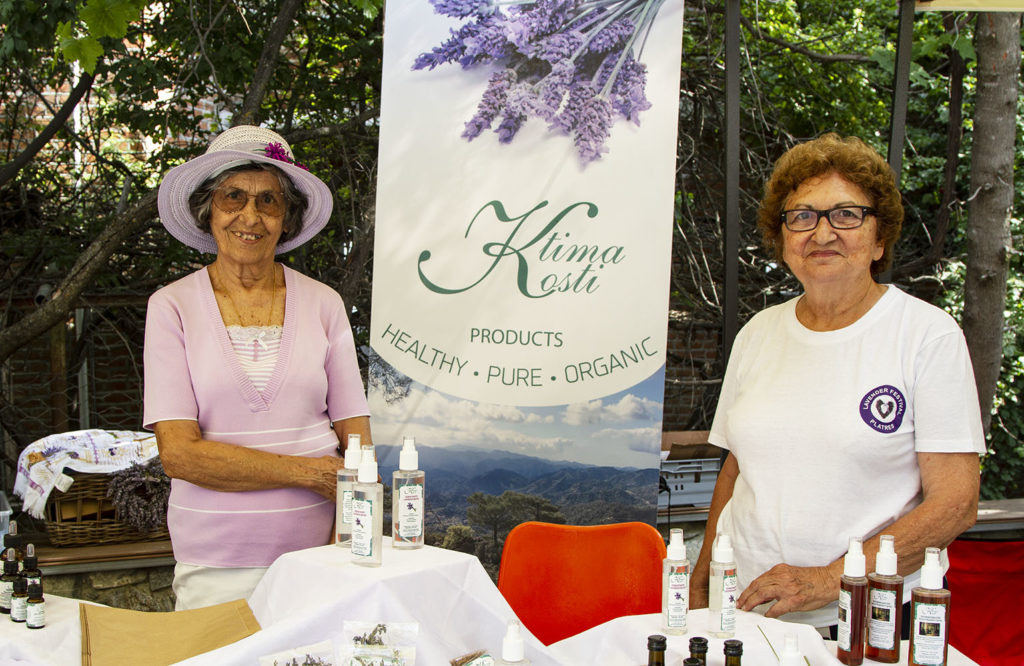
There are eight border crossings in Cyprus, mostly open 24 hours a day to all EU passport holders, and some others. You should check before attempting to pass. Also, know where you are going! There are often multiple names for these checkpoints because they can include English, Greek, and Turkish names, along with the names of the region. For example, the most-used crossing point, Metehan, in the capital, Lefkoşa, is also known as Agios Dometios or Kermiya.
